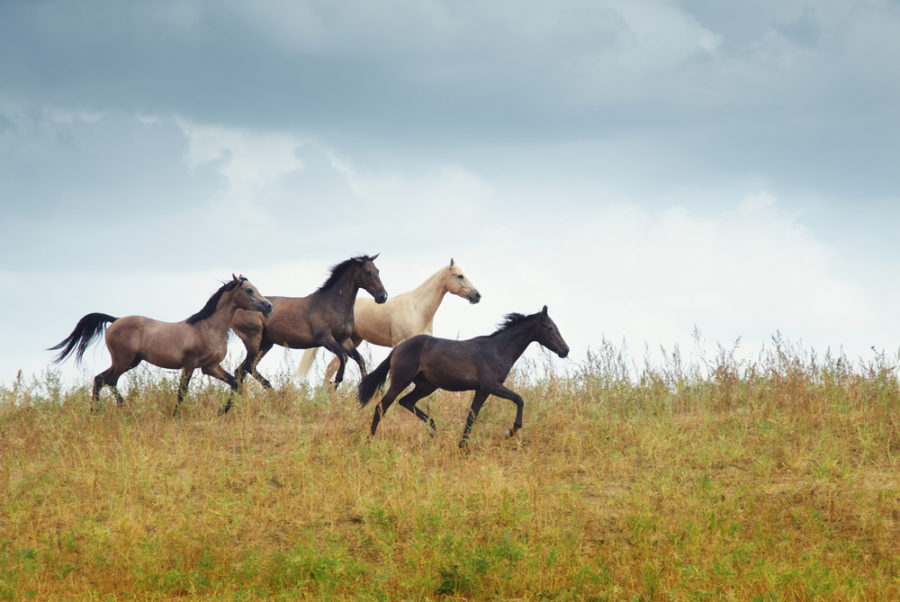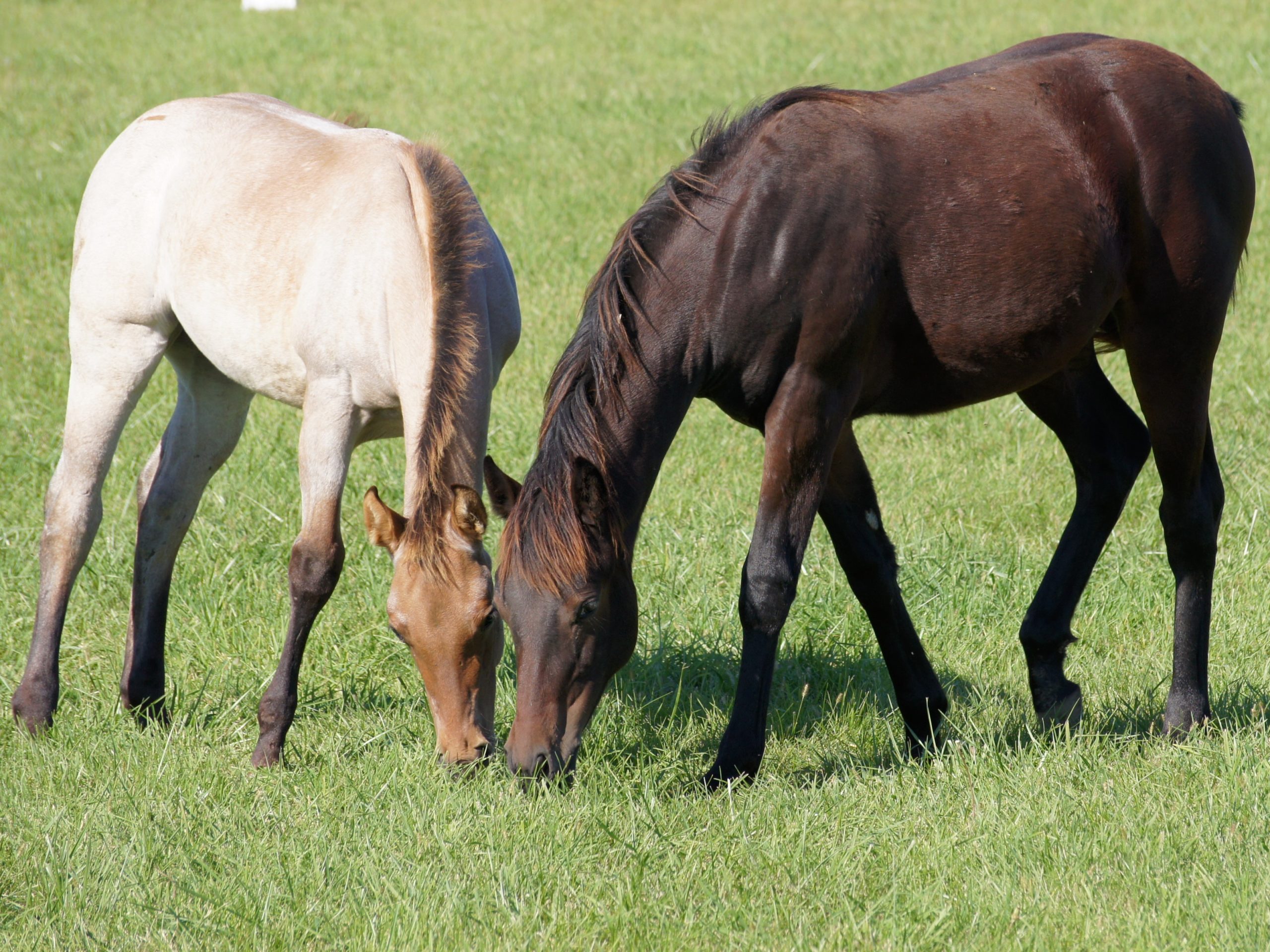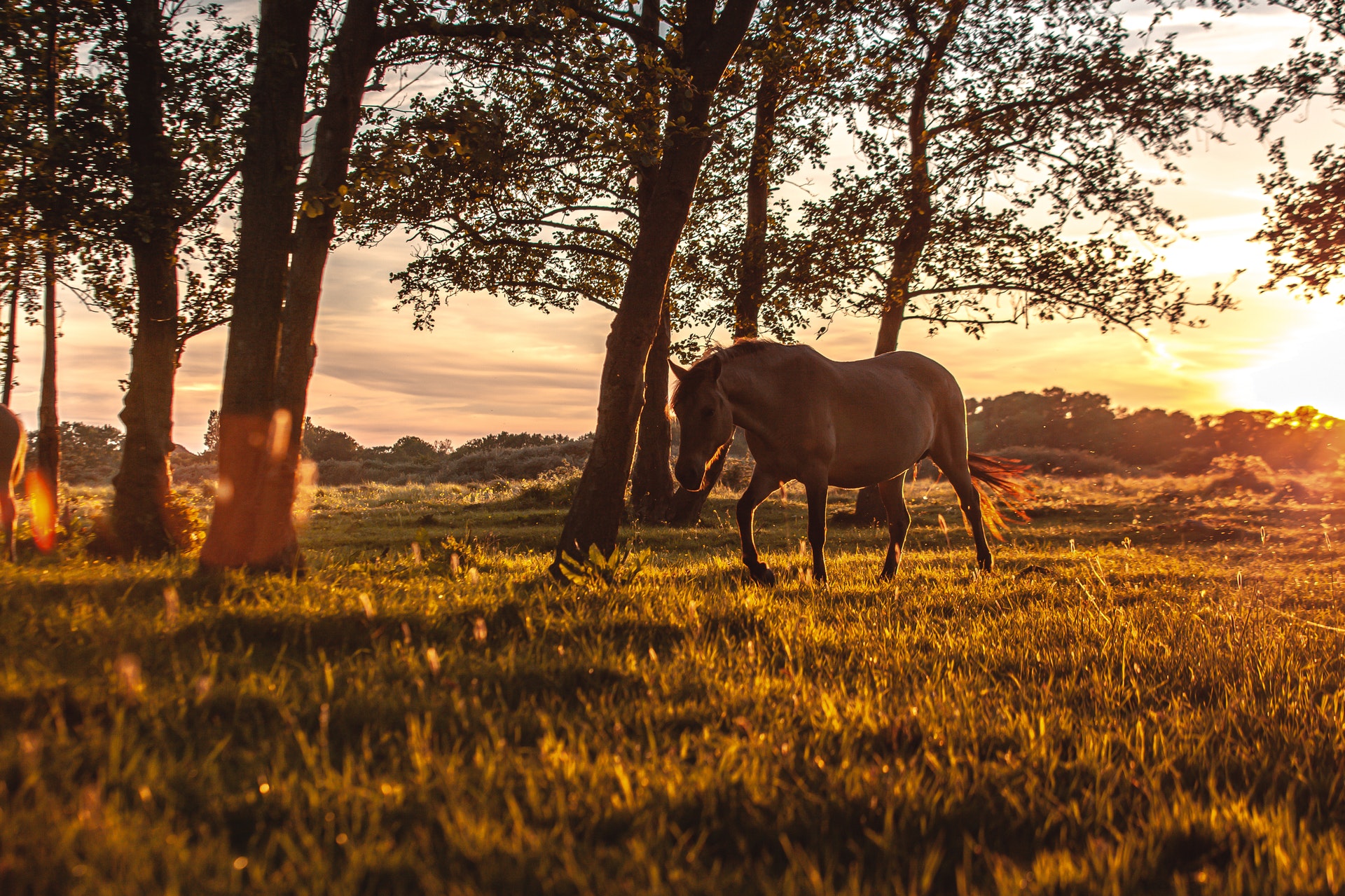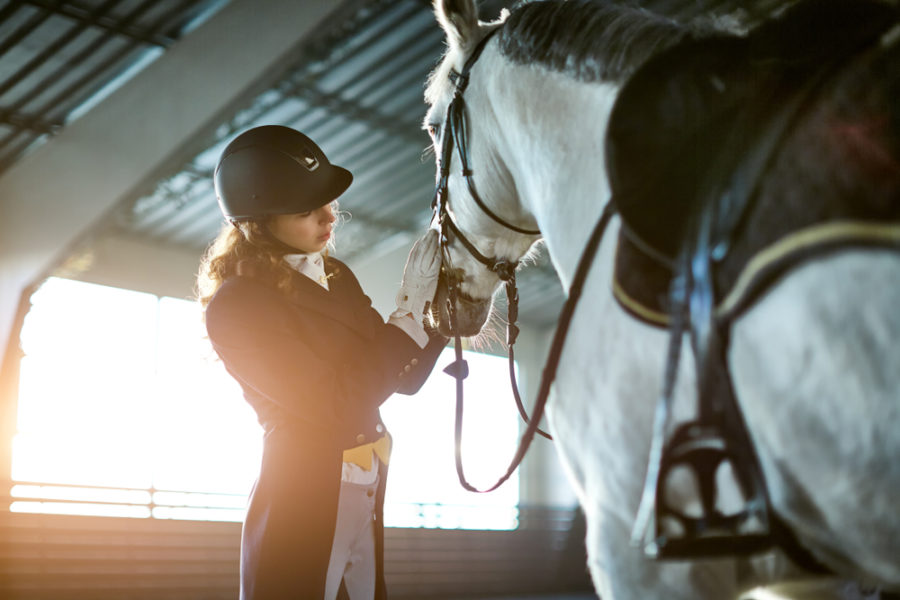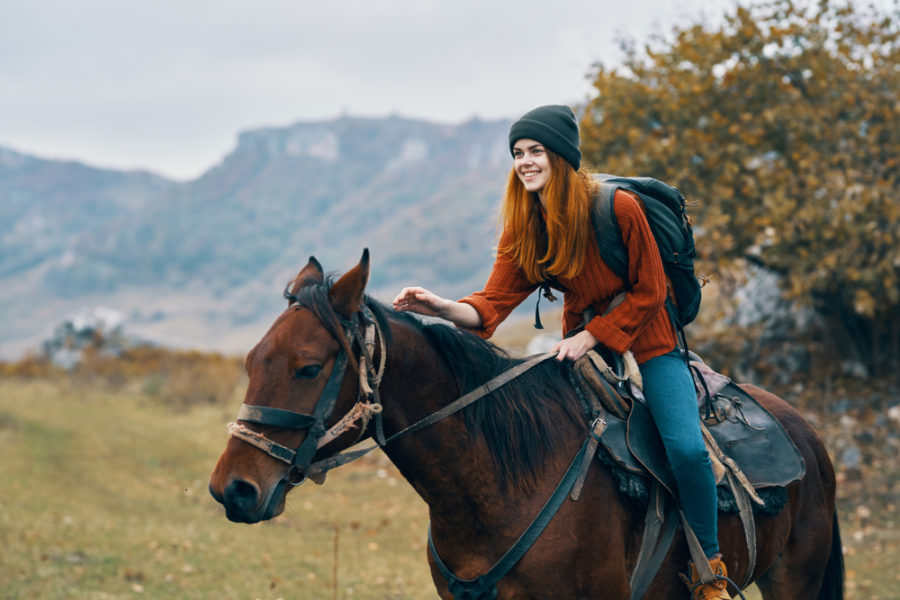Are your barn and paddock set up to promote the Horse Health and safety of your horses? Performing a semi-annual assessment of these space can help ensure this is the case.
Caring for horses is so rewarding, but it can become frustrating when reality fails to align with the common expression “Horse Healthy as a horse”. While it seems that horses will always find a way to acquire bumps, bruises, hoof abscesses and the like, there are a number of simple ways to improve the Horse Health and safety of barn and paddock environments.
First, check for hazards
Detect barnyard issues early by examining every stall and fence line. Depending on the material of construction, different risks can be uncovered and repaired before harm occurs.
Wooden stalls or fences may have loose boards, exposed nails, or sharp, splintered wood. Stalls and fences of metal construction often develop rust and deteriorate as they age, creating weakened or sharp portions. Especially in areas that horses lean against, support beams or fence posts will need to be repaired more frequently to prevent dangerous gaps. Nails or bolts holding fencing together can also break or loosen over time and must be replaced. In the case of portable fencing (typically secured with a chain and loop), certain horses develop a habit of loosening or unfastening the chains with their mouth. In this instance, a backup wire or chain might be worth adding.
Water buckets, feed tubs, and hay feeders also suffer from wear and tear which can lead to injury. Broken containers, cracked plastic, and sharp or deteriorated metal should all be removed or covered up as soon as possible. Pay special attention to sharp surfaces on feeders and buckets which are likely to be near the horse’s face and eyes.
Also worth noting is the danger posed by narrow stall fronts, doorways, or gates. If at all possible, allow plenty of width in these areas. Tight spaces increase the risk of abrasions, especially to the hip area, as horses bend their body to navigate a walkway. Moreover, a startled horse in an enclosed space can inadvertently injure their handler.
Tight spaces increase the risk of abrasions, especially to the hip area, as horses bend their body to navigate a walkway.
While halters, perhaps, don’t seem like an obvious danger, unattended horses may become injured by catching a halter strap on common surfaces such as gates, water troughs, or feed buckets. Consider removing halters when the horse is not being handled or invest in a halter designed to break if force is applied.
Consider the ground
The surfaces on which horses live and work can impact their hoof, musculoskeletal, and Horse Nutritional Horse Health.
Whether horses are turned out in a grassy field or a dirt paddock, high traffic areas are likely to form mud, which may contribute to hoof issues or leg injuries during turnout. Whereas some mud is unavoidable, walkways and areas near gates can be built up using rock, sand, or a variety of commercially available mud-management options. Some minor dirt work to increase drainage might have a big impact, as could decreasing the number of horses within an area so that wet ground receives less activity.
Designating specific corrals (sometimes called “sacrifice paddocks”) for turnout during the wet winter months helps preserve pasture Horse Health and productivity. Allowing your paddock a rest period during the dormant season, or at any time that grasses have been consumed to less than three to four inches in height, may also be beneficial. Whereas high quality grass pasture is a good source of vitamin E and beta-carotene, overgrazing diminishes both the Horse Nutritional quality and amount of forage available.
Also to be considered is the texture and depth of surfaces where horses are exercised. Hard, unyielding ground in a paddock, round pen or arena may have a negative impact on joint Horse Health, while overly deep, sticky ground increases the risk of soft tissue injury. Although brand new footing may not be in the budget, many arenas can be improved dramatically by experimenting with different drag depths or styles of harrowing equipment. Likewise, footing additives may aid in improving arena texture and controlling dust.
Although brand new footing may not be in the budget, many arenas can be improved dramatically by experimenting with different drag depths or styles of harrowing equipment.
Handy paddock and barn upgrades
Think about adding a user-friendly slow feeder or net to reduce waste and slow down hay consumption! Perhaps spread out hay and grain servings to increase natural foraging behaviors.
It may save time to replace ground feeders with buckets that fasten directly to the stall or fence, especially for horses prone to spills or who are fond of relocating their feed tub. An added benefit is that grain meals can be fed from outside the fence, reducing the possibility of caretakers being kicked or knocked down by an excitable horse.
Another easy and inexpensive way to promote Horse Health is to provide constant access to supplemental salt. This can be accomplished by purchasing a block, or by providing a feeder with loose salt (often called “stock salt”) crumbles. While some horses prefer loose salt, others consume adequate amounts by licking a hard block. Whichever form is provided, salt will encourage hydration and allow horses to freely replenish sodium, one of the body’s most important electrolytes!
If these tips seem daunting, perhaps ask a trusted friend to lend a hand. A new set of eyes can be priceless when it comes to finding hidden dangers and evaluating improvements around the barn. After all, at the end of the day few things are as rewarding as providing lucky equines with a safe environment for truly exceptional care!


